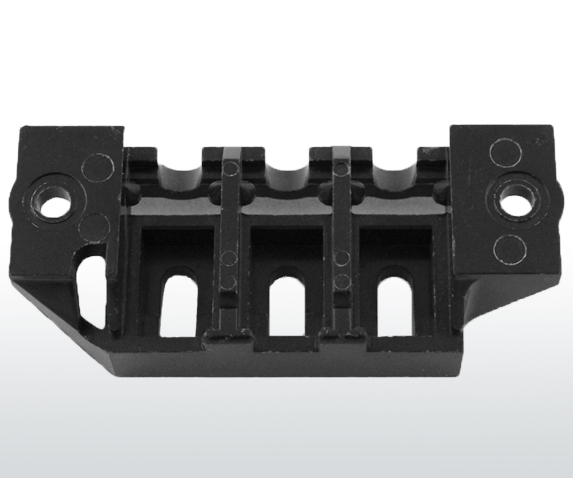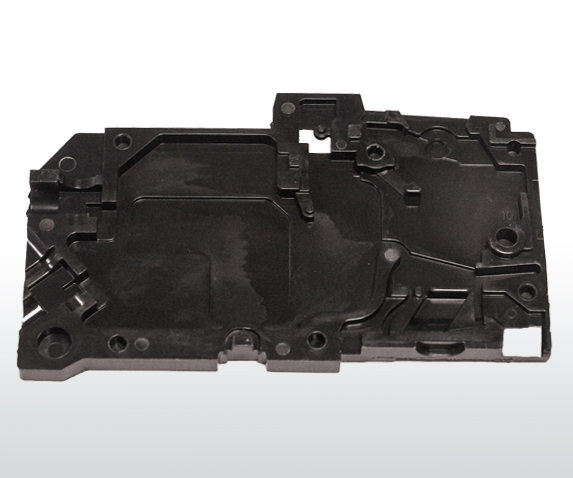Thermosets vs Thermoplastics
When creating a new part or product, designers select a suitable material to manufacture the product in. When creating a new plastic or composite part or component, engineers and designers have a wide array of molding materials to choose from. Selecting the best material to manufacture your product in depends on different variables involving the material property requirements and material cost. Selecting the wrong material can potentially affect the safety and performance of a product or may unnecessarily increase part cost by choosing a higher performing material than is required. Incorporating a thermoset molding material over a thermoplastic for a given component can host a variety of advantages for the end-product or assembly.
Aggressive Environments
Thermosets offer advantages over thermoplastic for many applications that are exposed to challenging elements or aggressive environments. Whether a product sees exposure to high operating temperatures, corrosive environments, or chemicals and other oil-based fluids; thermosets provide protection due to their resistance against corrosion, high temperatures, and chemicals. Whereas a thermoplastic part or component may degrade in such elements, thermoset parts can remain durable and strong, keeping a product safe for handling and effective over the product lifespan. These benefits lend thermosets for use in the automotive, electrical, appliance, and energy markets; all industries in which product safety is critical.
Cost Advantages
Besides application performance, engineers and designers must match material cost against what the customer market will allow for. Price sensitive parts must be manufactured from a material with a price point low enough for the market to accept, while more performance-based end products may allow for a higher priced material that guarantees product safety or enhances durability. Using thermosets as a material of choice will lean towards more performance-based applications than products which are strictly cost sensitive and can be molded with a general-purpose plastic material.





Comments are closed